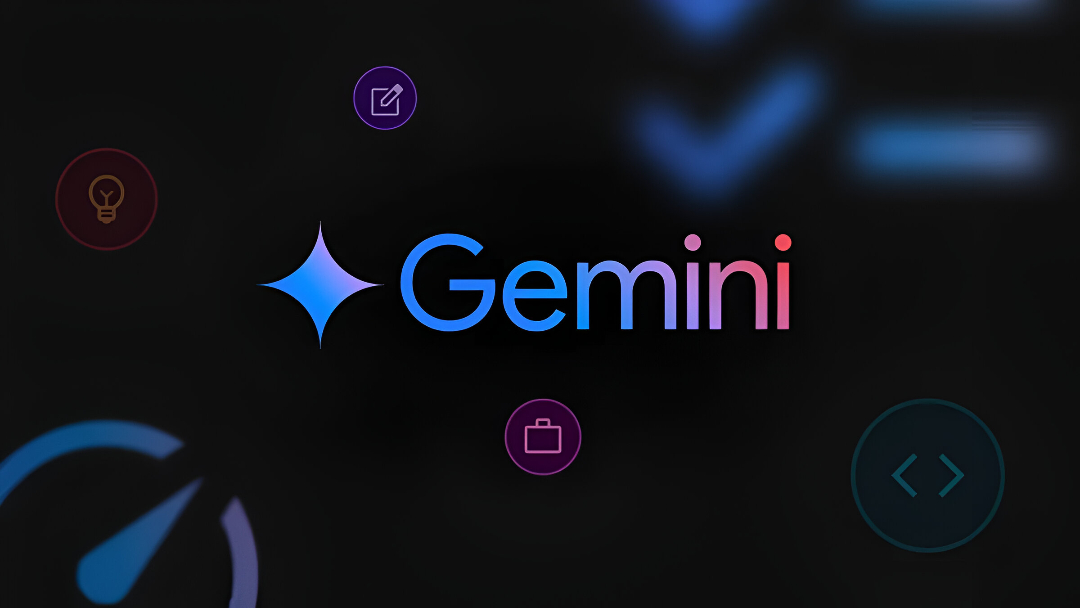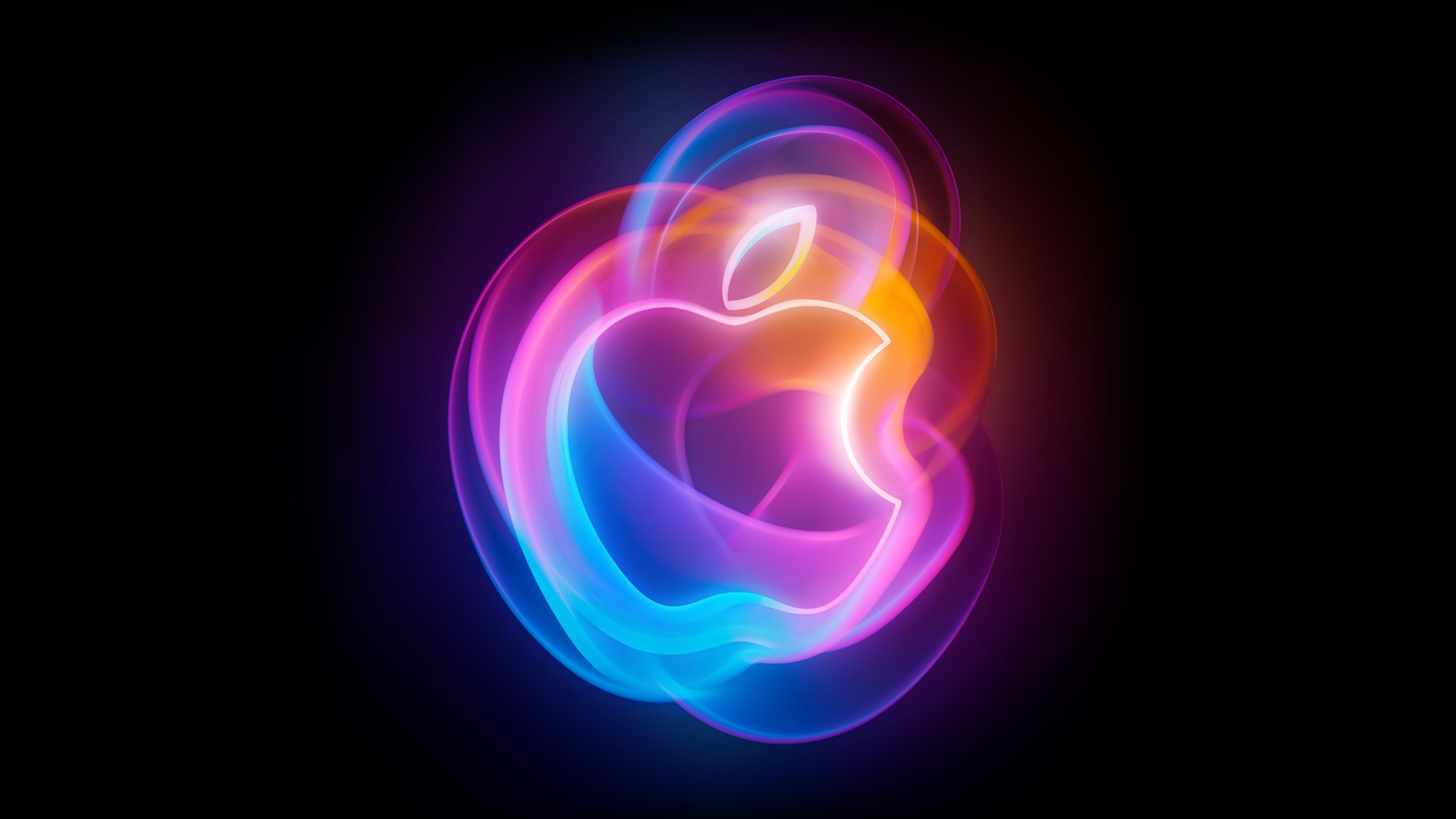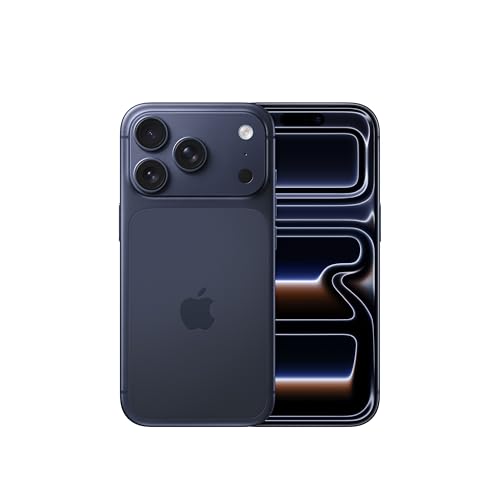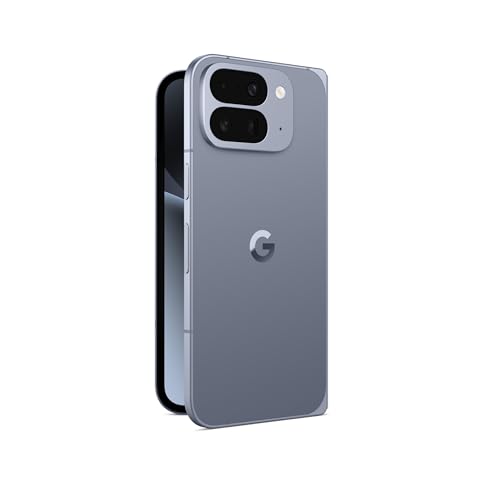Remember how Tony Stark flicked holograms around with casual hand gestures? Google’s latest Gemini upgrade brings that sci-fi energy to everyday photo editing. Rolling out since May 1, 2025, this update significantly expands what’s possible with AI-assisted image creation.
Gone are the days when changing a photo’s background required fifteen YouTube tutorials and considerable technical expertise. According to Google’s announcement, Gemini now allows users to modify both AI-generated images and personal photos through conversational prompts. The rollout expands gradually to over 45 languages, making these tools accessible to users across most countries.
From Technical Complexity to Conversational Creation
The technical barriers to digital image manipulation are rapidly disappearing with this update.
“For example, you can upload a personal photo and prompt Gemini to generate an image of what you’d look like with different hair colors,” Google explained. This feature essentially functions as a risk-free digital styling tool. (Remember when exploring different looks meant physically cutting photos from magazines? Technology has certainly evolved.)
The Multi-Step Process Behind the Scenes
What makes Gemini’s approach unique is its ability to maintain context throughout creative projects. Users can request something like a bedtime story about a dragon with accompanying illustrations. Gemini will generate both narrative and matching visuals in one seamless experience.
This is made possible by what Google calls a “multi-step” editing process that maintains context throughout the creative journey, creating a more cohesive result than earlier AI tools that treated each request as isolated.
Looking at Authentication in AI-Generated Content
As AI image generation becomes more sophisticated, distinguishing between authentic and AI-created content grows increasingly challenging. Google addresses this concern with SynthID—an invisible digital watermark embedded in all images created or edited with Gemini.
The company is also testing visible watermarks on all Gemini-generated images. This approach reflects the ongoing industry discussion around responsible AI development and content authentication.
The Path Forward
The introduction of these tools represents a significant shift in how digital visual content can be created. While some tech analysts suggest these capabilities could revolutionize content creation for everyday users, the full impact remains to be seen.
As Gemini expands its reach across languages and regions, its tools have the potential to unlock digital creativity on a global scale, giving more people the power to create, ideate, and innovate like never before. Still, despite the platform’s impressive 350 million monthly users, the true impact of these features will depend on how they’re adopted in the real world, where tech trends are anything but predictable.





























